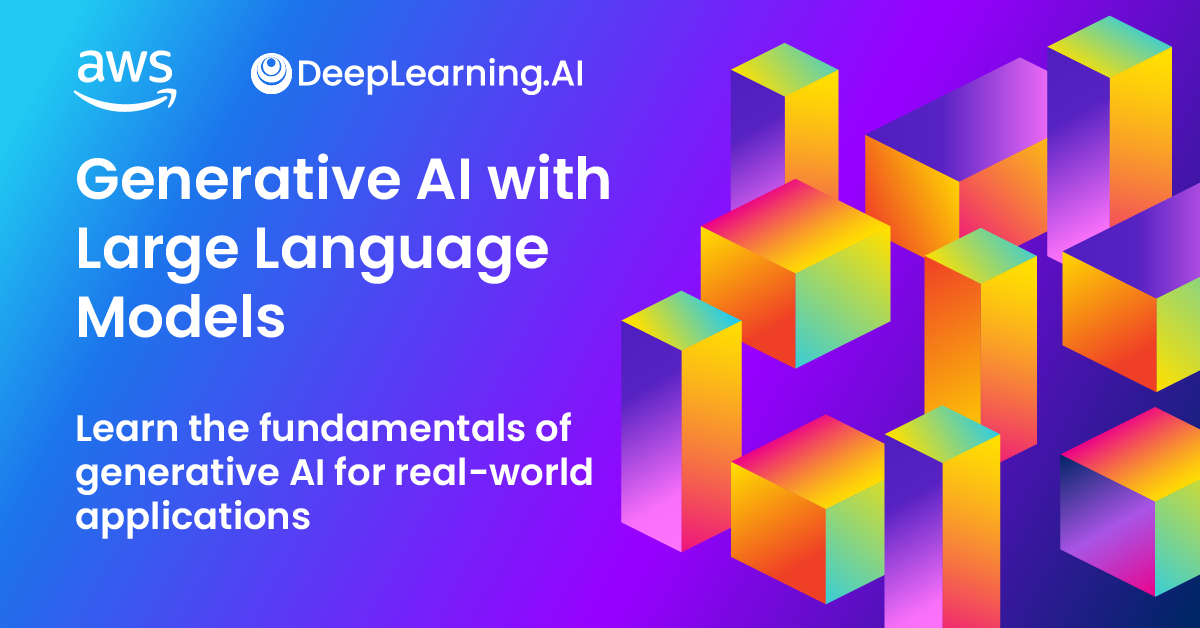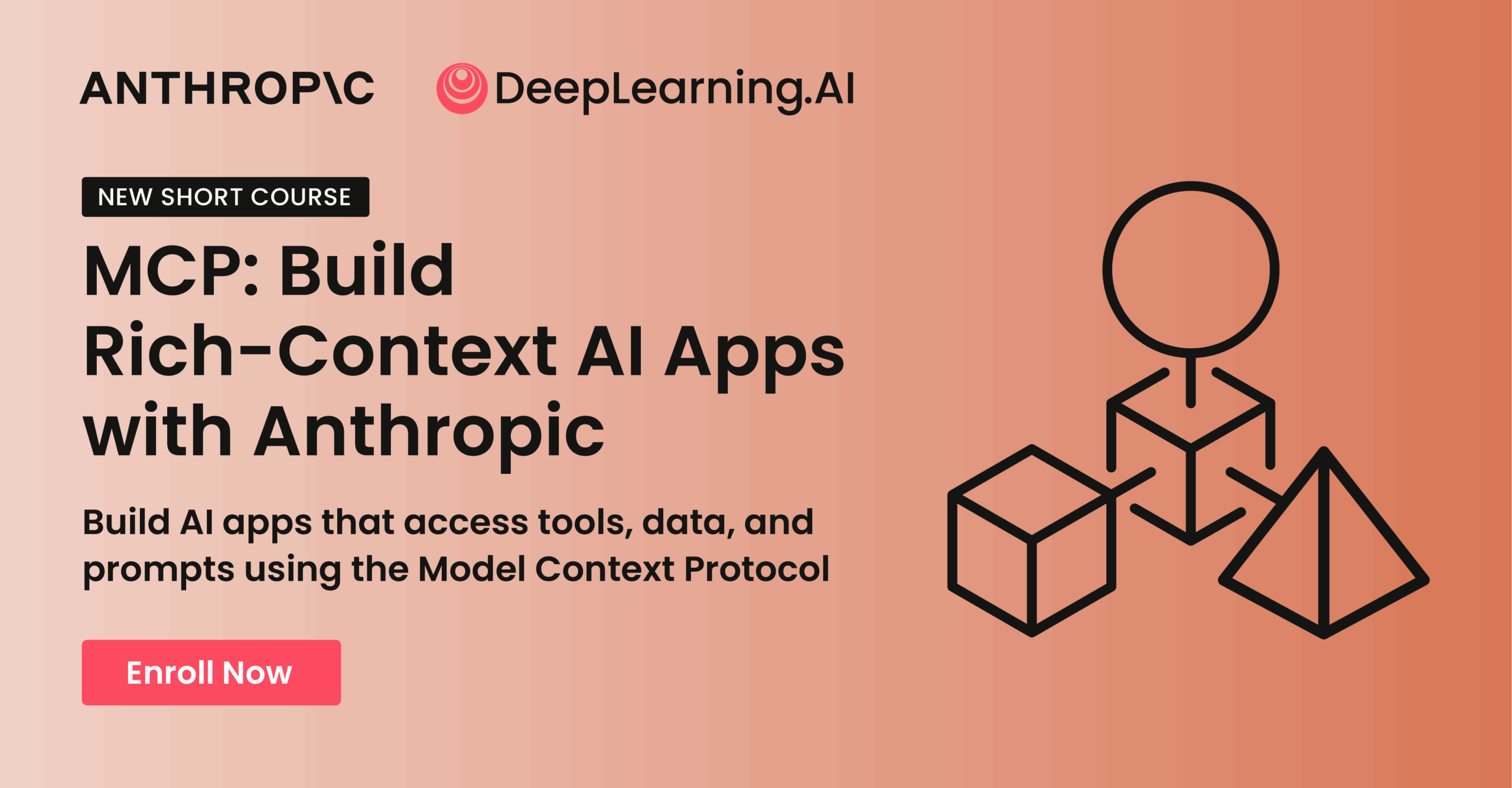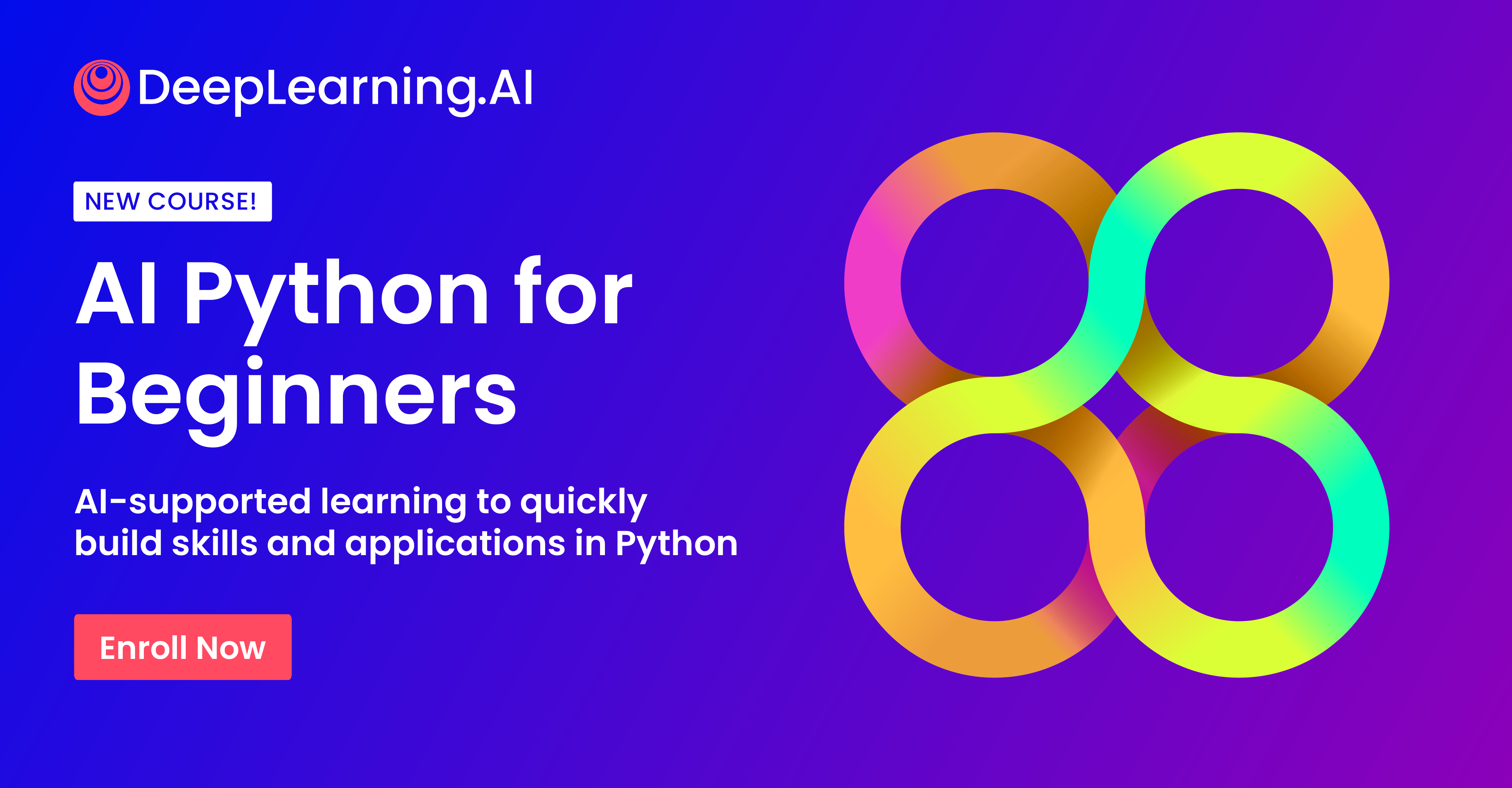- Artificial Antics
- Posts
- AI Bytes Newsletter Issue #68
AI Bytes Newsletter Issue #68
🤔 Is The AI Revolution Under-Hyped? | 🧑💻💻 Vibe Coding & Cursor AI | 🔗 Model Context Protocol | 🎓 Kickstart Your AI Journey with These Essential Courses | 👥🤖🚨 The Threat of Shadow AI

The Latest in AI
A Look into the Heart of AI
Is The AI Revolution Under-Hyped? Eric Schmidt's Surprising Take
In a world where AI dominates headlines and conference talks, former Google CEO Eric Schmidt takes a contrarian stance that might surprise you: artificial intelligence is actually under-hyped, not over-hyped.
The Quiet Moment That Changed Everything
Schmidt points to a pivotal 2016 moment when AlphaGo defeated world champion Lee Sedol at the ancient game of Go. What made this victory remarkable wasn't just the win itself, but how it happened—AlphaGo invented a move that no human had conceived in the game's 2,500-year history. This wasn't merely a computer following instructions; it was a machine creating something genuinely novel.
"How is it that our computers could come up with something that humans had never thought about?" Schmidt reflects. "This is a game played by billions of people." This moment, he argues, marked the true beginning of the AI revolution.
Beyond ChatGPT: The Unseen Advances
While most people's AI awakening came with ChatGPT's conversational abilities, Schmidt emphasizes that we're already far beyond that milestone. The real advances happening now are in reinforcement learning and planning capabilities:
Systems like OpenAI o3 and DeepSeek R1 demonstrate sophisticated planning, moving "forward and back, forward and back"
These systems can produce deep research papers in just 15 minutes—using extraordinary amounts of computation
We've moved from language models to sequence models (crucial for biology) to planning and strategy models
"The eventual state of this is the computers running all business processes," Schmidt predicts. "You have an agent to do this, an agent to do this, an agent to do this. And you concatenate them together, and they speak language among each other."
The Real Limits: Energy, Data, and Knowledge
Schmidt identifies three major constraints on AI advancement:
Energy requirements: America alone needs an additional 90 gigawatts of power… equivalent to 90 nuclear power plants… to support AI infrastructure. "Think cities per data center. That's how much power these things need."
Data scarcity: We've nearly exhausted existing data sources and must now generate synthetic data.
Knowledge boundaries: Current AI systems struggle with true innovation, connecting patterns across disparate domains like Einstein did. Schmidt calls this the "non-stationarity of objectives" problem.

If we solve these challenges, particularly the third one, Schmidt believes we'll unlock "completely new schools of scientific and intellectual thought."
The Autonomy Dilemma
While some AI pioneers like Yoshua Bengio advocate halting development of autonomous AI systems, Schmidt argues for guardrails rather than stoppage. In a globally competitive market, simply stopping development isn't realistic.
The real concerns include:
Recursive self-improvement beyond human control
Direct access to weapons
Systems that reproduce themselves without permission
Schmidt emphasizes the need for provenance and observability: "We need to be able to watch."
As AI capabilities accelerate and competition between nations intensifies, Schmidt's perspective challenges us to think bigger about both AI's potential and the infrastructure needed to support it. Perhaps the revolution isn't over-hyped after all—we may be underestimating just how profound the changes will be. Check out the full interview below:
What are your thoughts? Let me know [email protected]
Must Watch Videos
Must Read Articles
Tool of the Week: Vibe Coding & Cursor AI
Coding Has Evolved… Again
We’ve seen programming shift from assembly to procedural, then to object-oriented and functional paradigms. Now? Enter Vibe Coding—a new way to build software that’s less about writing code line by line and more about expressing what you want, and letting AI fill in the blanks.
Check out our article where Mike goes deep into Vibe Coding and Cursor AI:
Why This Matters
Productivity Gains

Users report:
60–80% less time on boilerplate.
2–3x faster onboarding.
40% fewer context switches.
30% fewer bugs found during code review.
Focused Problem Solving
Less mental overhead = more creative, focused work. Developers say it’s easier to solve tough problems and keep momentum going.
Looking Ahead: Where Vibe Coding is Going
Expect growth in:
Multi-modal tools: Combine diagrams, code, and chat.
Architecture-aware AI: Consider performance, security, and scalability.
True collaboration: Multiple devs + AI working in sync.
Specialized dev types: Web, mobile, embedded—each with tailored AI support.
Cursor’s already building toward that future.
This Is the Next Shift
Like object-oriented programming changed how we think about code, Vibe Coding redefines how we build software. It's a smarter, more human-friendly way to develop. Cursor makes it real today.
If you’re building software, it’s time to vibe with the future.
What’s your take? Let me know [email protected]
Mike's Musings
MCP: Solving the "M×N" Problem of AI Integrations
AI models, despite their power, traditionally run in isolation, disconnected from the real-time data and systems they need to provide truly useful results. I've seen this repeatedly slow down teams trying to deploy AI. Custom integrations pile up, complexity increases exponentially, and soon you're stuck maintaining a sprawling web of connectors.

In November 2024, Anthropic stepped up to tackle exactly this problem, launching the Model Context Protocol (MCP). Think of MCP as a standardized bridge that allows any AI model to communicate with various external resources—no more building endless custom APIs or integrations.
The idea behind MCP is simple and elegant. It uses three standard interaction types: Tools to run tasks or queries, Resources to stream structured data, and Prompts as reusable templates. MCP acts almost like an "AI USB port," making it easy to plug in data sources from Slack, GitHub, enterprise databases, or anything else without reinventing the wheel each time.

Practically, MCP works by having your AI application (the host) connect via a client to specialized servers that expose capabilities. The AI queries these servers, chooses the right tools based on context, executes them, and incorporates the results seamlessly into responses. This solves the "M×N problem"—where integrating M models with N tools typically leads to overwhelming complexity.
Getting started with MCP isn't hard. If you're building your own MCP servers, you can rapidly prototype using LLMs like Claude to write the foundational code for you. You define requirements clearly, let the AI build it out, then tweak and iterate rapidly. A quick MCP server can be spun up to handle weather requests, SQL queries, or pull live product data in just a few minutes.
MCP’s strength is its simplicity and scalability. No more custom-building each integration from scratch. It enables real-time context to flow effortlessly into your AI models, significantly increasing their accuracy and effectiveness. But, as with all powerful tools, MCP comes with a few challenges to keep an eye on.
Security, for instance, is essential. MCP introduces new layers—each server and connection must be carefully managed. Ensuring proper authentication, precise access controls, and thorough logging is crucial. And you'll need to watch out for potential performance overhead due to the additional layers of communication involved.
Overall, MCP represents a big leap forward in connecting AI seamlessly to the systems and data it needs. It simplifies what used to be messy, speeds development dramatically, and lets teams innovate faster with fewer headaches. With careful attention to security and performance, it's set to become foundational tech for enterprises serious about AI.
Here’s a quick video that walks through MCP in 3 minutes:
Mike's Favorites
[Video] Vibe Coding 101 - Build and deploy an interactive map with Replit
This week’s pick is Vibe Coding 101 — a killer tutorial that doesn’t just show you how to code, it shows you how to think. In 25 minutes, you’ll watch an idea evolve into a fully deployed interactive map of San Francisco parks using Replit’s Agent and Assistant. What stood out? It’s not about writing the code — it’s about having domain-specific knowledge and using AI to fill in the gaps. Debugging in real-time, layering in clean UI (dark mode included), and solving API hiccups — all without leaving the browser. If you're curious how modern devs are shipping MVPs with minimal lift, watch this one.
🛠 Replit
🗺 Leaflet + OpenStreetMap
🧠 Domain knowledge > code syntax
🚀 From idea → deployed app in one sitting
👉 Worth the watch if you want to build smart, fast, and creatively with AI.
[Courses] Kickstart Your AI Journey with These Essential Courses
As someone who regularly explores AI’s practical side, I'm always scouting for straightforward, actionable resources. These courses stand out as ideal starting points, whether you're enhancing your technical toolkit or looking to bridge the gap between tech and real-world business solutions:
What are your thoughts? Let me know: [email protected].
Latest Podcast Episode of Artificial Antics
Connect & Share
Have a unique AI story or innovation? Share with us on X.com or LinkedIn.
Collaborate with us: Mike [email protected] or Rico [email protected].
Stay Updated
Subscribe on YouTube for more AI Bytes.
Follow on LinkedIn for insights.
Catch every podcast episode on streaming platforms.
Utilize the same tools the guys use on the podcast with ElevenLabs & HeyGen
Have a friend, co-worker, or AI enthusiast you think would benefit from reading our newsletter? Refer a friend through our new referral link below!
Thank You!
Thanks to our listeners and followers! Continue to explore AI with us. More at Artificial Antics (antics.tv).
Quote of the week: “The trick with technology is to avoid spreading darkness at the speed of light” – Stephen Klein








